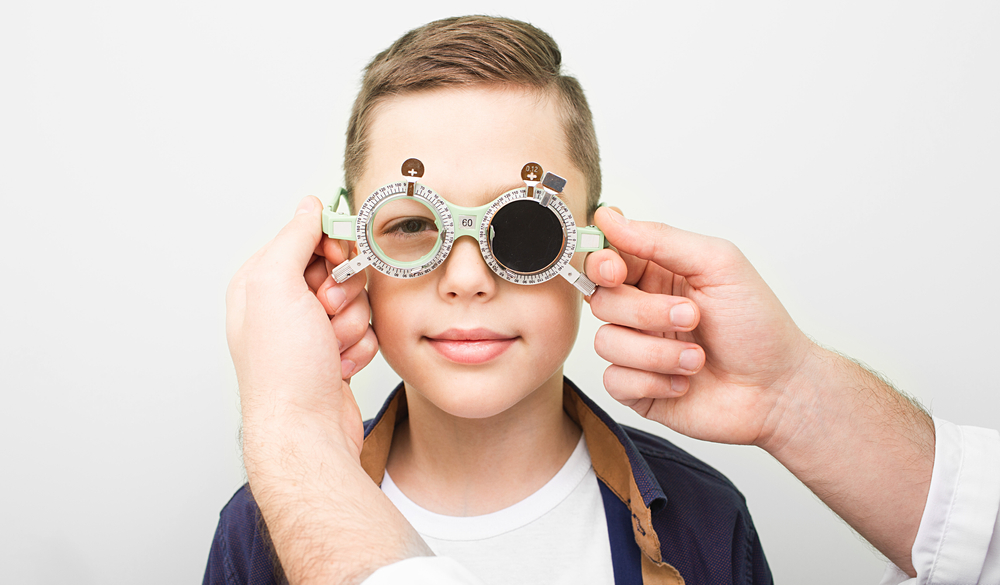
Amblyopia, commonly known as “lazy eye,” is a condition that affects the vision in one eye due to poor visual development. If untreated, amblyopia can lead to permanent vision impairment in the affected eye. Early detection and treatment are key to restoring and improving vision. Fortunately, several effective treatment options are available that can help improve eye function and vision in children and adults alike.
Corrective Eyewear
One of the most common and straightforward treatments for amblyopia is the use of corrective eyewear. Glasses or contact lenses can correct refractive errors, such as nearsightedness, farsightedness, or astigmatism, which may be causing the eye to struggle. By providing clear vision in both eyes, corrective lenses allow the brain to begin using the weaker eye more effectively.
Patching the Stronger Eye
Patching is a classic and widely used treatment for amblyopia. By placing a patch over the stronger eye for several hours each day, the brain is forced to rely on the weaker eye. This encourages the weaker eye to work harder and strengthen its visual function. Consistency with patching is essential for success, and the duration of patching may vary based on the severity of the amblyopia.
Atropine Eye Drops
For children who struggle with wearing a patch, atropine eye drops can be a helpful alternative. These drops are placed in the stronger eye, temporarily blurring its vision. This forces the brain to use the weaker eye, similar to the effect of patching. Atropine eye drops are often preferred by parents of younger children, as they may be easier to administer than a physical patch.
Surgery
In some cases of amblyopia, particularly those caused by strabismus (misaligned eyes), surgery may be required to correct the alignment of the eyes. While surgery alone does not cure amblyopia, it can improve eye alignment, making it easier for both eyes to work together. After surgery, other treatments such as patching or vision therapy may still be necessary to fully correct the condition.
Monitoring and Follow-Up
Treating amblyopia is an ongoing process that requires regular follow-up appointments with your eye care provider. Your optometrist or ophthalmologist will monitor progress, adjust treatments as needed, and ensure that the condition improves over time. Consistent treatment and early intervention are key factors in achieving the best outcomes for individuals with amblyopia.
The Importance of Early Treatment
While amblyopia is most commonly diagnosed in childhood, it’s crucial to begin treatment as early as possible. The brain’s ability to adapt and develop normal vision decreases with age, so early intervention is vital. If left untreated during childhood, amblyopia can lead to lifelong vision problems in the affected eye.
Get it Touch with Eye & Health Today
Amblyopia is a treatable condition, especially when caught early. With a combination of corrective eyewear, patching, vision therapy, and in some cases surgery, individuals with amblyopia can experience significant improvement in their vision. Regular eye exams and early detection are essential to ensuring that treatment begins at the right time, giving patients the best chance for full visual recovery.
To learn more about amblyopia treatment options, contact Eye & Health at our office in New York, New York, by calling (332) 895-2800 to book an appointment today.









